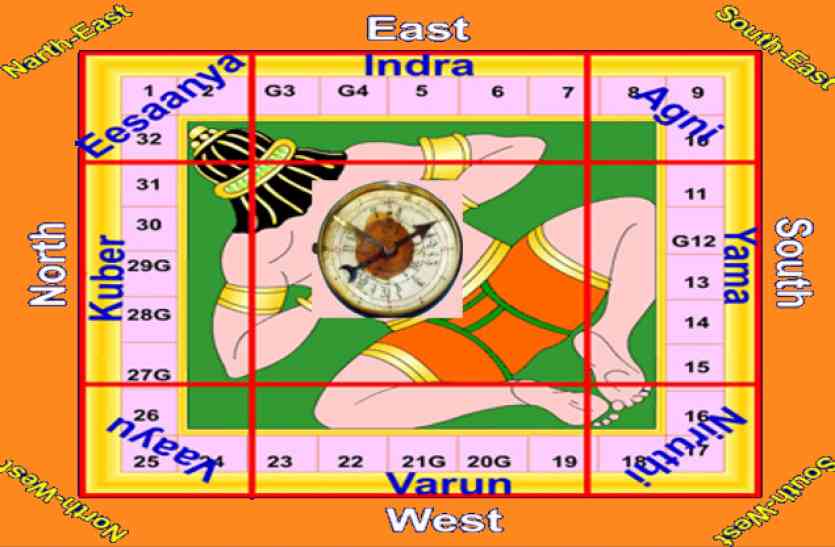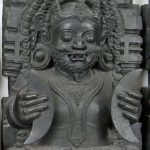Vastu in home construction uses Vastu Shastra, the Indian science and art of architecture. Many so-called experts have misinterpreted and misused this ancient science, giving it a dubious reputation. However, Vastu in home architecture has very practical applications in your life.
Vastu of Home
The science of Vastu Shastra basically considers the fundamental elements of nature and eight main directions in the design and construction of buildings. It also contains rules for constructing buildings in a way that aligns them with natural forces.
Definition of Vastu Shastra
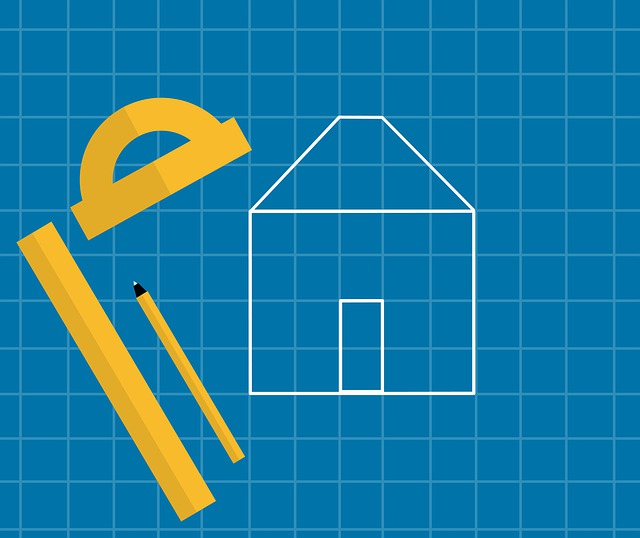
Vastu is derived from the root word Vas, to dwell. Shastra, on the other hand, means principles, rules, or science. So, Vastu Shastra is simply the science of constructing dwellings. It also has practical applications in designing public buildings, temples, roads, and other structures.
Since ancient times, temples and other structures have been constructed according to Vastu Shastra in India. This field of study is around 5000 years old. It incorporates many Hindu principles and beliefs as well as some Buddhist practices.
The Science of Vastu
In Vedic texts, five basic elements of nature – air, water, fire, earth, and space – have special significance. These five basic elements are the building blocks of everything in the cosmos, from stars to living beings and inanimate objects. So, they all interact with each other in many ways.
Vastu Shastra also recognizes natural forces like wind, fire, heat, magnetism, electrical energy, and electromagnetism. As a matter of fact, Vastu principles give rules for making the best use of these natural energies.
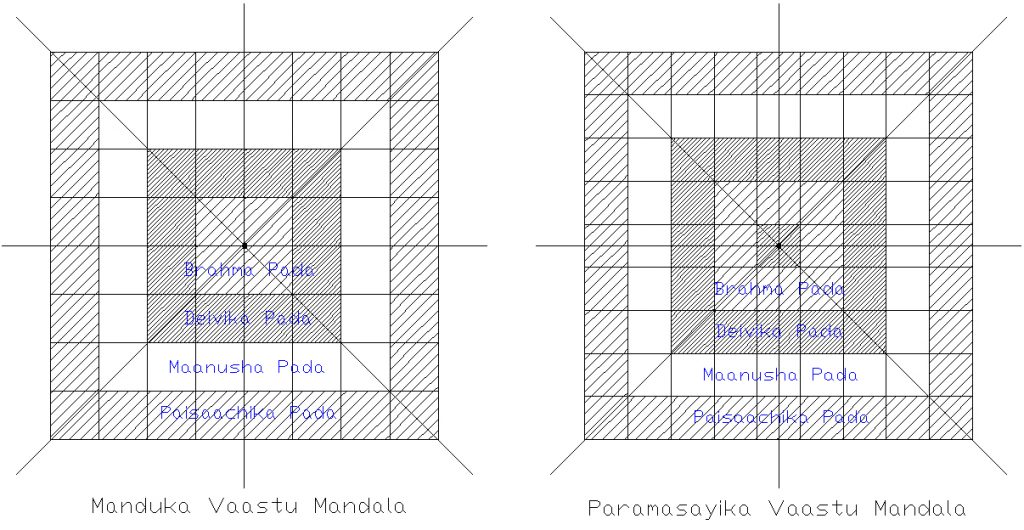
Besides all these, Vastu in home construction also focuses on directions. Accordingly, the four main directions and the four intermediate directions are very important. In addition, Vastu also includes the up and down directions. These two are referred to as Akasha/space referring to up, and Patala dreferring to down.
The Five Elements
In Hinduism, the five basic elements of nature are:
- Space or Akasha
- Air or Vayu
- Fire or Agni
- Water or Jala
- Earth or Bhoomi
Everything in the universe is composed of these elements. So, everything is interconnected. As such, large bodies like the sun, moon, stars, etc. have the power to interact with, and influence both, living and non-living entities on earth. As illustrations, Earth’s gravity keeps us firmly on the ground, while the moon’s gravity obviously affects the waters of the ocean, causing tides.
Vastu Shastra’s home protocol provides rules on how best to utilize these natural forces to enhance the life and lifestyle of the residents. The five elements are called Panchabhutas.
The Relevance of the Panchabhutas
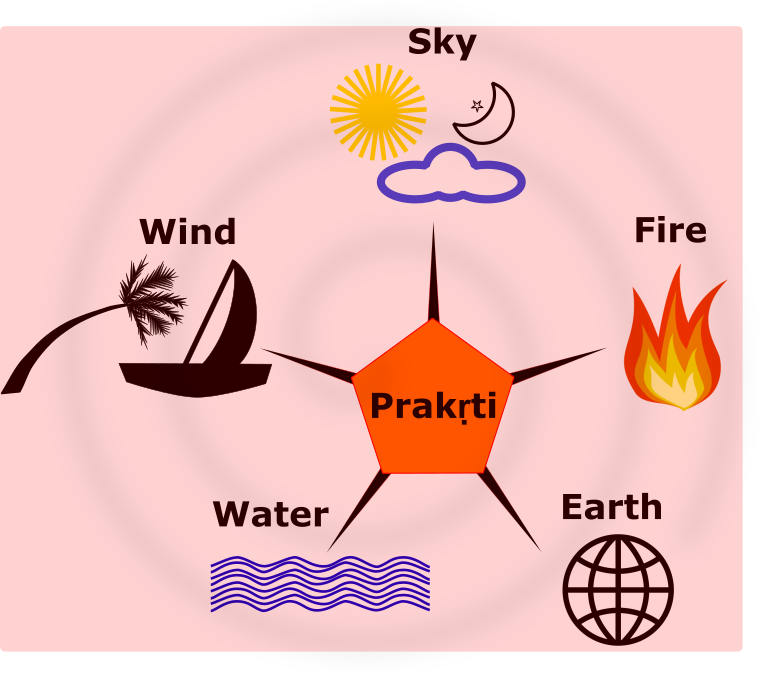
Akasha or Space
This basic element has no form. You can’t see it or touch it, but it’s all around you, not just up in the sky. It is expansive and limitless. Moreover, it is the medium of transmission of all forms of energies. Through these energies, it influences your life. So, this element can affect your thoughts, creativity, knowledge, and wisdom. A well balanced Akasha element in your home can enhance your life in all these aspects.
Vayu or Air
Air is also invisible, but you can feel it. Air gives life. Thus, it’s the life force of Prana. It can permeate big and small spaces. By association, it gives you the courage to explore new things, to take risks, and enhances your inner strength. Air dominates the Eastern direction.
Agni or Fire
A fire has form, and you can also hear and feel it. Heat and light symbolize Agni. Without the sun’s heat and light, life on earth would not be possible. Fire represents passion, confidence, and strength. Fire dominates the Southern direction. If Agni exists in the right proportion and at the right place in the Vastu of home, fire attributes affect your life in positive ways. You are passionate, confident, strong, and can destroy any opposition.
Jala or Water

Water is the element that sustains life. It rules the Northern direction. Nothing can live without water. It is essential for growth and development. Water constitutes the major portion of the Earth’s surface. Similarly, it also constitutes a major portion of our bodies. Water is fluid, it can adapt easily to its surroundings, taking the shape and contours of the path it travels. Good balance of Jala in a Vastu compliant home enhances your creativity, ability to adapt to any environment, empathy, and willingness to help others. It also makes you more spiritual.
Bhumi or Earth
Bhumi, Prithvi, Earth – whatever you call it! It is our place of residence. It is unique as it sustains life, unlike other known planets. The central part of a house represents the earth in the Vastu of home. Good balance of this element in your home enhances your own patience, stability, maturity, and responsibility. This element can also promote peace and harmony in your home.

The Ten Directions of Vastu in Home
Whether you want to build a house or office or another structure, there are ten important directions to consider, according to Vastu Shastra. These are
- Main Directions
- North
- South
- East
- West
- Intermediate Directions
- Northeast
- Southwest
- Northwest
- Southeast
- Vertical Directions
- Akasha (up)
- Patala (Down)
A particular Deva like Indra, Varuna, and so on reign over each direction. These deities govern certain aspects of life. This guides you on where you should build which room in a house.
The Significance of The Eight Directions
These directions – North, South, East, West, North East, North West, South East, and South West – are of prime importance for Vastu in home construction. The ruling deity of each direction bestows certain special blessings. Apart from this, these directions follow the sun’s position throughout the day. This gives guidance on the placement of specific rooms in your house.
East

Indra, the King of the Devas rules this particular direction. He bestows wealth, prosperity, and pleasure. East is the direction for a living room, guest bedroom, study, puja room, or a bathroom without a toilet.
Southeast
Agni, the God of Fire, rules this corner. He bestows passion, perseverance, and success in life. This direction, as the space of Agni, is perfect for your kitchen. The sun is in this position between 9 am to 12 pm. So, this is also a good place to locate your home office.
South
Yama who is the God of Death rules the South. However, he is also the Lord of Dharma, he dispenses justice and eradicates evil. This direction represents wealth, pleasure, and a good harvest. This is a good place for your storeroom or staircase.
Southwest
This direction is under the rule of Nirutti, a demonic force who also protects you from evil. This deity bestows good character and longevity. The sun is here between 3 pm to 6 pm. You can have your master bedroom, staircase, or a secure vault here.
West
Varuna, the Lord of the Seas and also the bestower of rains rules the direction of the sunset. This is the Water corner. Water also signifies life, freshness, purity, and clarity. So here, you can place a child’s room, study room, or your puja room.
Northwest
The sun is here between 9 pm to 12 am. Vayu rules this corner. Being the Lord of Winds, he also denotes change. This direction is suitable for a bedroom as well as a living room
North
This is the direction the sun is in during the deep hours of the night, between 12 am to 3 am. This direction is ruled by Kubera, the Lord of Wealth. These are the hours of secrecy, under the governance of Kubera. So, you can have your strong room or vault here. It is also a good place for a living room or a dining room.
Northeast
The sun is here during the auspicious hours of Brahma Muhurta, between 3 am to 6 am, the pre-dawn hours. This direction is called Ishaan, as it is ruled by the Supreme Being or Ishwar. So, this is an ideal place to have your Pooja Room. You can also have your living room or study here.
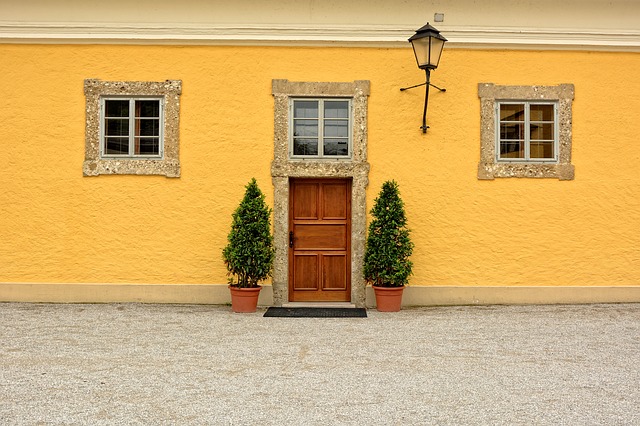
Correcting Vastu Faults Without Redesigning Your Home
Is Vastu at your home not good, and someone has suggested you redesign your house? Wait, there are simple ways to rectify these Vastu of home errors. First, get a Vastu Dosha Nivaran Yantra. Yantras are actually lovely sacred designs carved in metal. Consult a good astrologer and Vastu Shastra home expert. He may suggest a Vastu yantras home plate or pendant that is specially made and consecrated. Next, you need to keep this yantra in a particular place in your home to offset negative Vastu. Some Vastu yantras can also be worn on your neck or arm.
The Vastu Compliant Home and Its Significance
Vastu in home construction provides many benefits. Basically, it is an architectural guide that is advising you on the size, proportion, placement of rooms, shape, and dimensions of your house. Point to note, Vastu for a hilly region can be different from the Vastu of home in the plains. These differences occur so that the elements and natural forces can be leveraged optimally.
While a Vastu Shastra home can help enhance your life, it is not an occult practice. In fact, Vastu Shastra does not suggest any absurd remedies like redesigning your whole house or shifting your kitchen to your bedroom. There are simple ways to counter the effects of bad Vastu in home, like using yantras. Vastu Shastra in home construction is just a clear guide on how to design your home to get the best benefits of natural forces of the universe. It also helps in enhancing the aesthetics of your home and in making the best use of available space,




